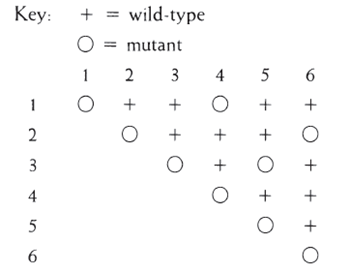TLS Online TPP Program
More Questions
TLS Online TPP Program
#Question id: 1785
#SCPH05 I Biotechnology
Which one of the complement protein is the initiator of the MAC
TLS Online TPP Program
#Question id: 1786
#SCPH01 Biochemistry
Which of the enzyme can cleave C3 and C4 complement protein
TLS Online TPP Program
#Question id: 1786
#SCPH05 I Biotechnology
Which of the enzyme can cleave C3 and C4 complement protein
TLS Online TPP Program
#Question id: 1787
#SCPH01 Biochemistry
The classical and alternative pathways meet at complement component
TLS Online TPP Program
#Question id: 1787
#SCPH05 I Biotechnology
The classical and alternative pathways meet at complement component
TLS Online TPP Program
#Question id: 1788
#SCPH01 Biochemistry
What is the major factor regulating the adaptive immune response?

